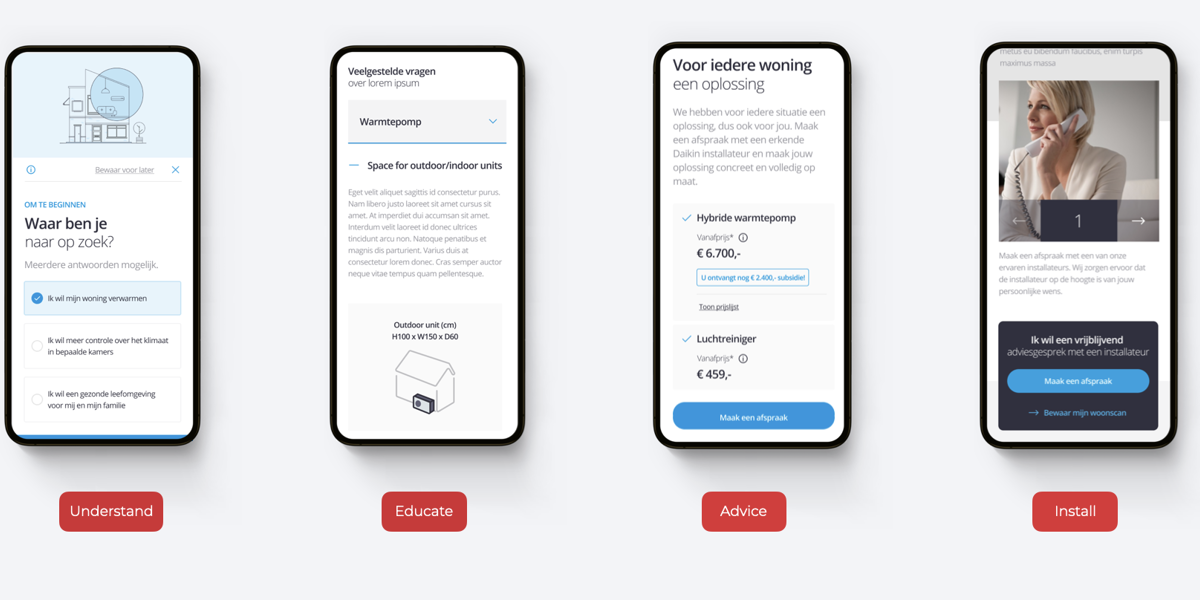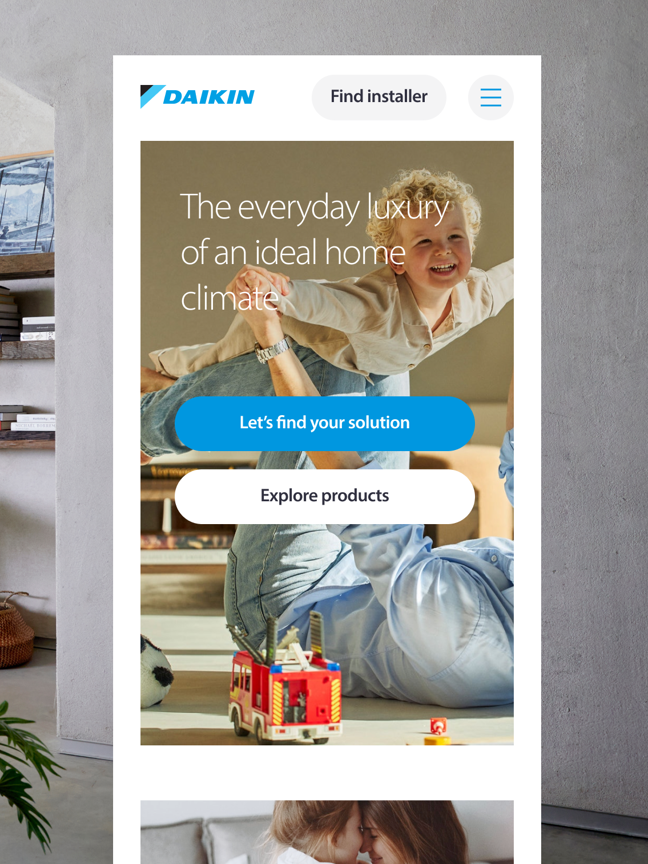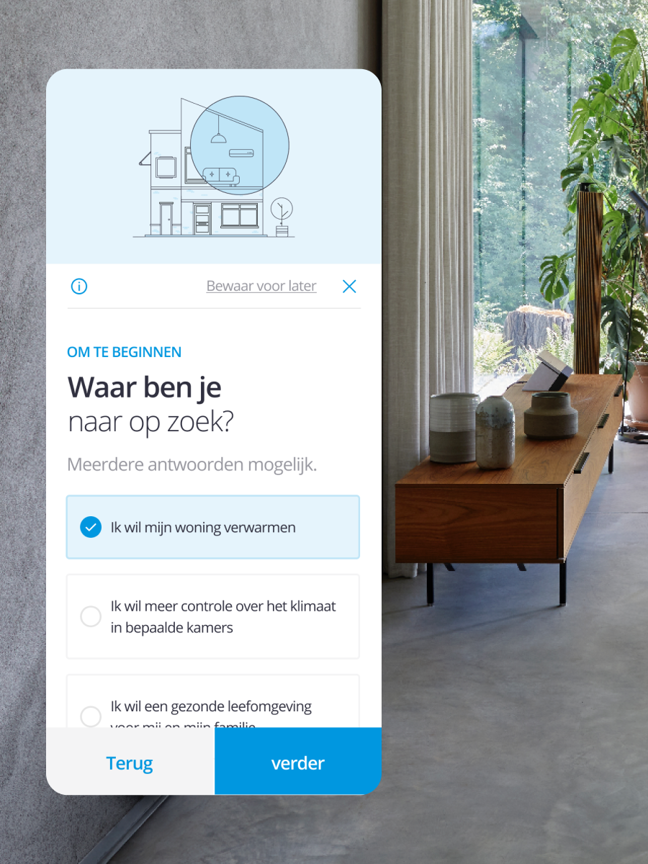Where Precision Meets Possibility: Shaping the Future of Making.
Navigating the intricacies of B2B manufacturing, from strict compliance and rapid tech adoption to evolving buyer needs, is a complex landscape. We understand these challenges are also your biggest opportunities. We see a transformative shift towards smarter, more efficient, and resilient operations driven by AI, sustainability, and digital advancements.





